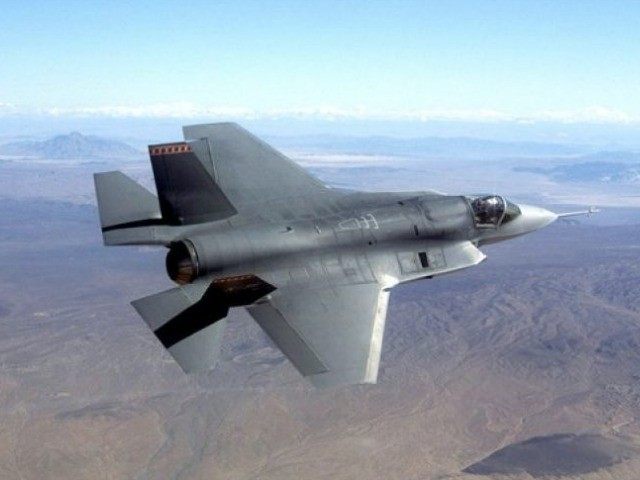The U.S. Air Force has selected the Naval Air Station Joint Reserve Base in Fort Worth, Texas and three others as candidates for the first Reserve-led F-35A Lighting II fighter sites in the United States. After an official comparative review of installations, the Air Force is expected to render a decision this coming fall.
Air Force Public Affairs notes that a successful candidate will provide optimal weather conditions, airspace capacity, runway length and ground infrastructure. The chosen installation can expect to take delivery of the F-35As in the summer of 2023.
“The Air Force is committed to a deliberate and open process to address F-35 basing,” Jennifer A. Miller, the deputy assistant secretary of the Air Force for installations notes in a press announcement. Miller adds that communities will be fully apprised on what to expect should their local installation be chosen.
The Naval Air Station Joint Reserve Base is currently home to Navy, Marine Corps, Air Force, Army and Texas Air National Guard units, totaling 40 separate commands, according to the base’s website. Established in October 1994, it claims the title of being the first joint base of its kind. A 2015 assessment found that roughly 10,000 active duty, guard, reserve and civil personnel called the base home.
The F-35 program is no stranger to controversy among fiscal conservatives and doves alike. The entire program is expected to cost $1.5 trillion over its 55 year lifespan, according to CNBC. Taxpayers will pay between $150 million to $340 million per jet, depending on model. A technical breakdown summary by the Pentagon found a variety of challenges in 2014, not limited to: onboard software malfunctions; fuel tank flaws; limited lightening protection; flight control system failures; heads up display (HUD) challenges for the pilot; and general reliability problems for landing gear and ejection seats. All issues aside, the U.S. Department of Defense labeled the F-35 program “too big to fail” in 2010, according to CNBC.
A “progressive” national security think tank summed up the fighter thusly in an August 2015 report: “The F-35 will find itself outmaneuvered, outgunned, out of range, and visible to enemy sensors … Going forward, full investment in the F-35 would be to place a bad trillion-dollar bet on the future of airpower based on flawed assumptions and an under-performing aircraft. To avoid such a catastrophic outcome, Congress and DOD should begin the process of considering alternatives to a large-scale commitment to the F-35.”
The Fort Worth air base may have one attribute that puts its candidacy above others: close proximity to the actual plant where the jet fighters are built. Lockheed Martin’s mile-long production facility sits almost next door to the military installation, both lining the southern shore of Lake Worth. Locally, Lockheed employees more than 13,500 residents with a total payroll of $1.4 billion, according to a company guide.
Lockheed notes that tha F-35 is set to replace to the A-10 and F-16 for the Air Force; the F/A 18 for the Navy and Marine Corps; and the AV-8B Harrier for the Marines.
The Fort Worth installation is currently in competition with the Davis-Monthan Air Force Base in Arizona; Homestead Air Reserve Base in Florida; and Whiteman AFB, Missouri.
Logan Churchwell is a founding member of the Breitbart Texas team. You can follow him on Twitter @LCChurchwell.

COMMENTS
Please let us know if you're having issues with commenting.